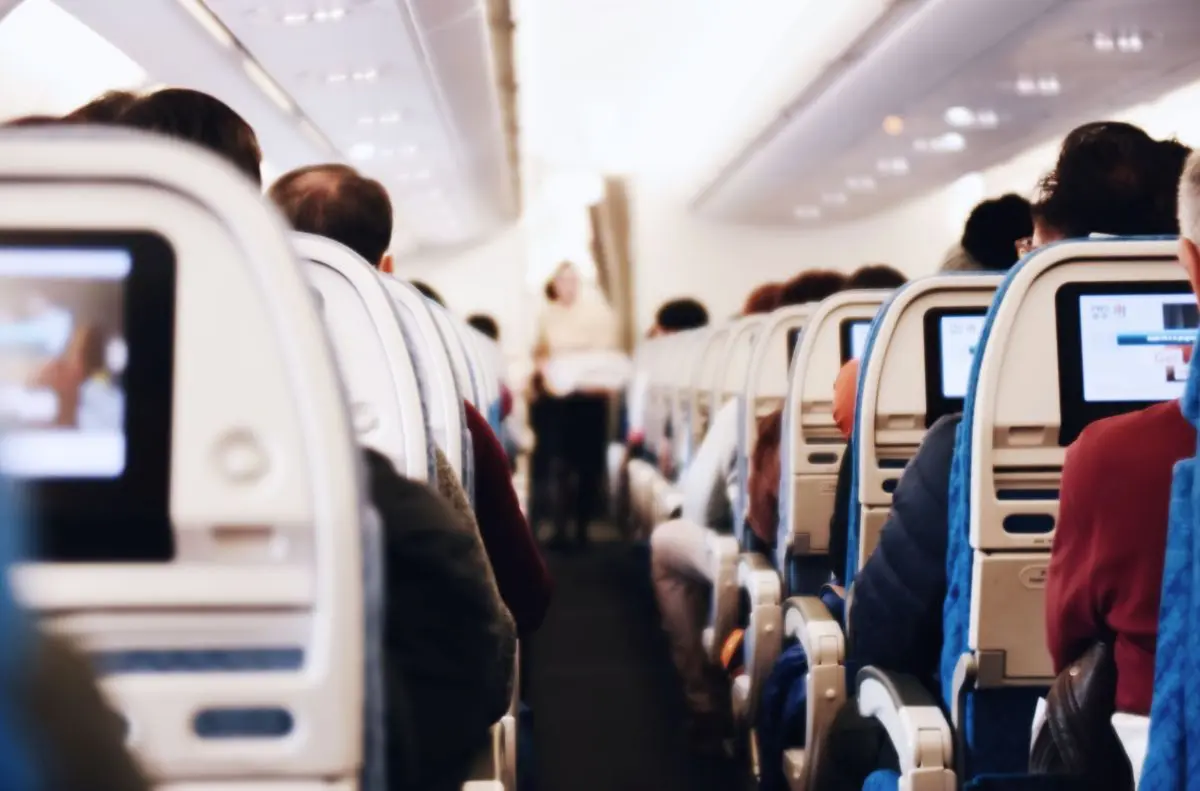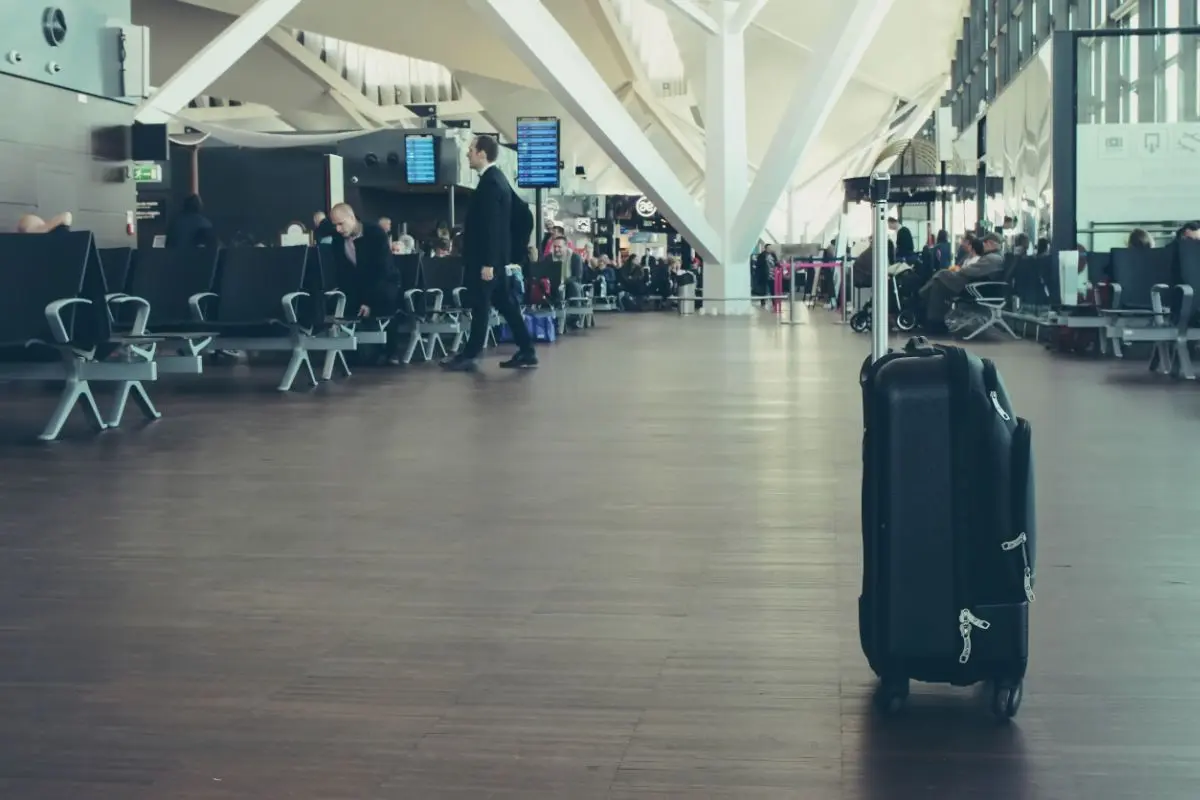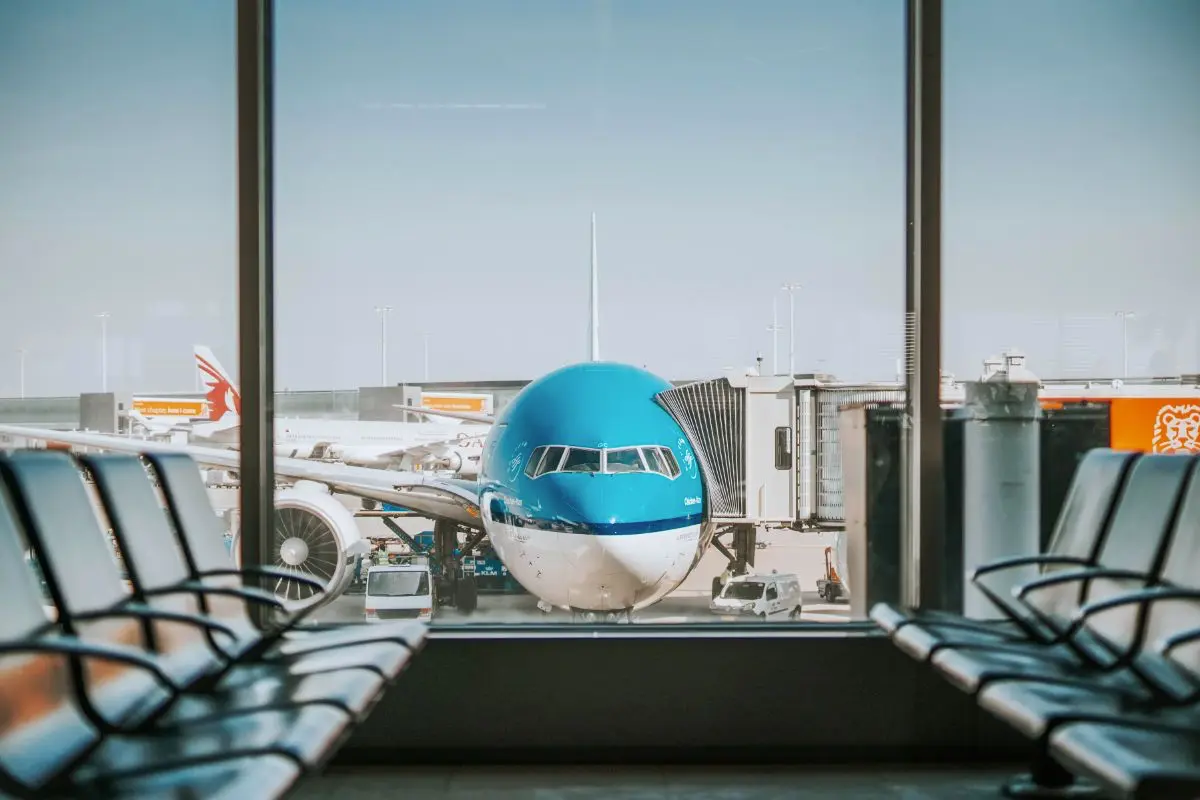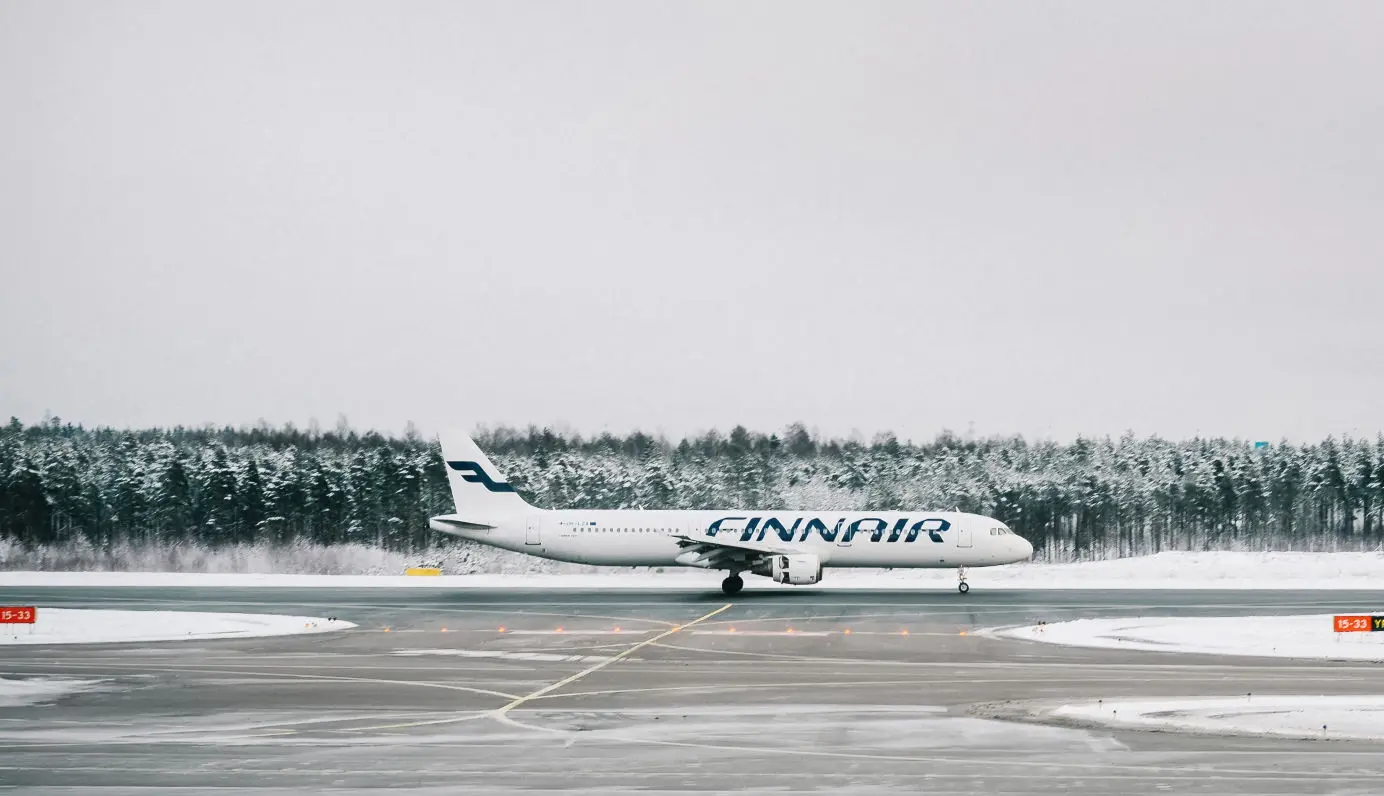
Can You Bring Food on an Airplane?
Can you bring food on an airplane? Find out the answers to this and learn the rules.
Table of Contents
If you want to take advantage of the food in your home before your departure, the question is, “Can you bring food on an airplane?”
Simply put, yes. As long as your food is Transportation Security Administration (TSA) and foreign-airport security approved, you can bring it with you or check it in for your flight.
Flying can make even the most experienced traveler hungry, and many people don’t want to spend money on expensive airport food. Certain flight restrictions depend on which food you’re bringing, so keep reading to make sure your snacks make the cut.
Carry-On Food
Virtually all airlines allow passengers to bring their own foods and snacks aboard national and international flights. Each country may have specific requirements that differ from the next, so be sure to check with your airline before flying. This article will primarily cover U.S.-bound flights.
You can take solid food items with you as part of your carry-on luggage. This is the luggage that stays with you and is stored among the passengers.
Generally speaking, all pre-packaged snacks from your local grocery store are acceptable and easy snack options for your trip. Allowed solid foods also include things you have at home that you may want to consume before leaving, such as:
- Meats
- Cheeses
- Seafood
- Pies and cakes
- Pizza
- Most other big-food items that come to mind and pre-packaged and processed items.
Use Discretion
While the latter list is allowed, it’s important to use discretion when bringing your food onboard.
Pungent foods like seafood or eggs should be sealed and stored to avoid stinking up the cabin. If you can avoid packing a tuna and egg salad sandwich and instead bring something more neutral, like a turkey sandwich, your fellow passengers would surely appreciate it.
It would be best to extend the same courtesy to foods that may cause a severe allergic reaction to others, such as peanut butter.
Food in Checked Luggage
Certain foods are better left for checked luggage instead of storing them within your carry-on bag. If you’re bringing any meats or hard cheeses – especially if it’s on an international flight – you’ll need to make sure it’s vacuum-sealed and within your checked bag for safety purposes.

Checked bags are also where you should pack any creams, soft cheeses, or liquids that are more than 3.4 ounces (100 ml or 100 grams). This includes thawed ice packs, which are not allowed in carry-ons.
You can also check baby food, alcoholic beverages, baby formula, canned foods, and breast milk.
Restricted Foods
The most significant restriction around bringing food on an airplane revolves around the consistency of your food.
If it’s liquid, spreadable, sprayable, or pourable, it’s considered a liquid or a gel by the TSA.
Travelers are only allowed 3.4 ounces (100 ml or 100 grams) or less of liquid per container, with enough containers to fill a 1-quart clear zip bag. This is often referred to as the 3-1-1 rule (3-ounce bottles, 1 bag, 1 quart).
Food that falls under the 3-1-1-rule includes:
- Dips
- Jams/jellies
- Creamy cheese
- Spreads (e.g., peanut butter)
- Canned foods over 3.4 ounces (100 ml or 100 grams)
- Yogurt
- Gravy
- Oils
- Vinegar
- Honey
- Salsa
The exception to this rule is if you purchase anything after the security checkpoint, such as in the Duty-Free stores or airport shops. Do note that if you have an international layover, you may have to pass security a second time, in which case these items may be confiscated if not sealed in the original Duty-Free bag. Each airport has its own set of rules.
Baby food and formula are permitted with some restrictions if they are in your carry-on bag. It will require a special screening that allows it onto the plane in larger quantities.
Other foods that are entirely restricted and cannot be brought on an airplane at all include:
- Any alcohol over 140 proof, 70% alcohol or higher
- Certain fresh meats, dairy, and vegetables on international flights (check your destination country’s customs website for details)
International Travel
Each country has restrictions when it comes to bringing food on an airplane. Sometimes, you may get your food onto the plane, but you will have issues bringing it into your destination country.
Your safest bet would be to always bring vacuum-sealed or professionally packaged foods via your checked bag. Souvenir foods are also best when checked, as this gives it the best chance at arriving at your destination without issue. Except for Duty-Free items, only bring food you plan to consume during the flight on your carry-on bag.

When crossing borders, many international flights won’t allow for fresh meat, dairy, or vegetable products. If you’re entering the USA from abroad, you’ll need to declare the following items on your customs declaration form for entry:
- Fruits, vegetables, plants, seeds, food, insects
- Meats, animal products
- Snails (this is considered food in some cultures)
If bringing any items from this list, you may be pulled aside for a special inspection. It will be up to the customs agent to determine whether your food products are allowed into the country or not.
Food Offered on Airplane Travel
Those who prefer to keep their carry-on baggage light may be able to take advantage of the food offered during their flight.
If you’re flying basic economy, you might have to pay for food on your flight. National flights usually offer a snack for economy tickets and above, while international travel typically provides at least one full meal for each passenger. Each ticket and airline have individual standards and offers.
Snacks on board may include crackers, cookies, wafers, small sandwiches, muffins, scones, or other light food items. Full-service meals typically include protein or pasta, salad, bread, and dessert.
Summary FAQs
So, Can You Bring Food on An Airplane?
Yes, you can bring most solid foods on an airplane. However, each country has restrictions on what you can bring into the country.
What Are Some Foods I Can Bring on An Airplane?
You can bring sandwiches, salads, burgers, pizza, pies, cakes, pre-packaged snacks, meats, seafood, eggs, and most other large food items you can find in your grocery store. Baby formula over 3.4 ounces (100 ml or 100 grams) must be specially inspected during the security checkpoint.
Which Foods Are Restricted on Airplanes?
You cannot bring alcohol that is 140 proof, 70% alcohol or above on an airplane. All liquids larger than 3.4 ounces (100 ml or 100 grams) must also go in your checked bag. We also recommend putting vacuum-sealed meats, seafood, cheeses, and thawed ice packs in your checked bag.
Planenerd Newsletter
Join the newsletter to receive the latest updates in your inbox.






